Australian taxpayers account for $100m in funding in last year for Paris Olympics medal-fest
Australia’s record-breaking Olympic feats come at a high price, including $100m in high performance funding over the past year alone.
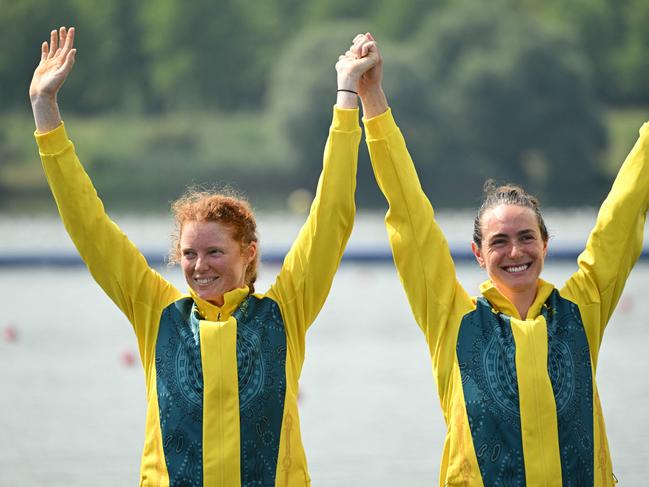
Sport
Don't miss out on the headlines from Sport. Followed categories will be added to My News.
The most successful Olympic campaign in Australian history cost taxpayers more than $100 million in the last financial year alone.
While Australia won 53 medals, including a record 18 gold in a feel-good fortnight in Paris during what was widely regarded as one of the best Olympic Games in history, it came at a significant public cost – including one sport’s single medal that cost more than $10m.
The Australian Olympic Committee fully funds the cost of sending the team to the Games – something that cost roughly $25 million for Paris.
But the Federal Government, through the Australian Sports Commission (ASC) contributes significant high performance (HP) funding to each of the National Sporting Organisations that contributed athletes to the Olympic team.
Code Sports has crunched the numbers to determine the best return on investment – and the sports that failed to deliver despite record levels of investment.
Swimming received more high performance funding than any other sport in the 2023-24 financial year, with more than $12m in the 12 months leading into the Games.
But after an outstanding meet for the Aussies, that returned 19 medals, including seven gold, the sport ended up delivering the best bang for buck of any sport, with each medal costing just over $633,000.
In fact, rowing received more than $29m in the three years between the Tokyo Games and Paris, almost $10m more than athletics, which also sent a team to the Commonwealth Games in 2022, and more than cycling, which not only had a Commonwealth Games team but, like rowing, has significant equipment costs.
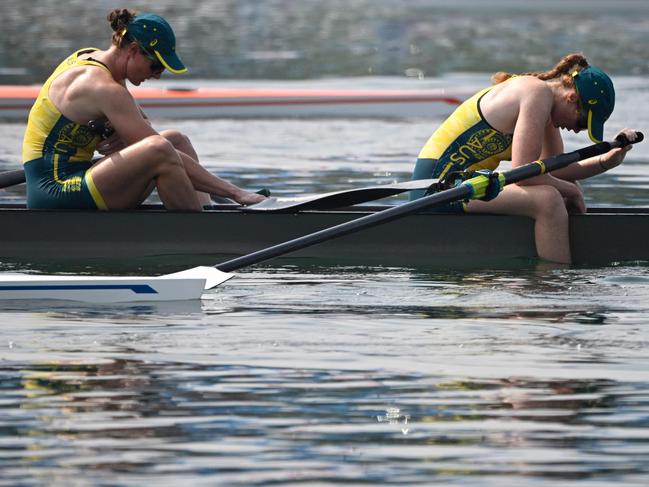
While rowing bosses believe they can turn things around quickly given their pipeline of emerging talent and with new men’s and women’s head coaches in place heading into the Los Angeles Games in 2028, the current review into their Paris performance is warranted given they received more than 10 per cent of all high performance funding to Olympic sports over the Paris cycle.
With a team of 37 in Paris though, the sport was relatively inexpensive in terms of cost per athlete for the Games.
Athletics, with its team of 75 gave the best value per dollar of funding for each athlete it sent to the Games ($97,533), while sailing was the most expensive at almost $761,000 per Olympian in the last financial year alone.
It does though have high equipment costs and returned two medals in Paris, including a gold.
Archery and triathlon were among the non-medal sports to have extreme per capita costs for Paris, with their funding contributions working out to $513,000 and $651,750 respectively for each athlete nominated to the Olympic team.
But the biggest bust among the sports not to win medals was hockey, which received $6.1m in HP funding last financial year only to see both the men’s and women’s teams bundled out in the quarter-finals, not even reaching the medal rounds.
Triathlon and beach volleyball also received significant funding for no medal return and while all sports’ programs have been costed and funded through to Los Angeles, those NSOs may find it tough to keep justifying such high levels of investment if they continue to flounder.
Several sports, including artistic swimming, badminton, breaking, modern pentathlon and sports climbing did not receive high performance funding from the ASC in the lead-up to Paris.
Tennis was also among those without HP funding – something that did not affect its success in Paris with John Peers and Matt Ebden winning gold in the men’s doubles – while fellow highly-professional sport golf received substantial investment, with the contribution per athlete in the full three-year cycle more than $900,000.
While already significant, Federal Government funding will increase significantly in the lead-up to a home Olympics in Brisbane in 2032, with the Albanese Government committing an extra $283m to Olympic and Paralympic sports over the next two years alone.
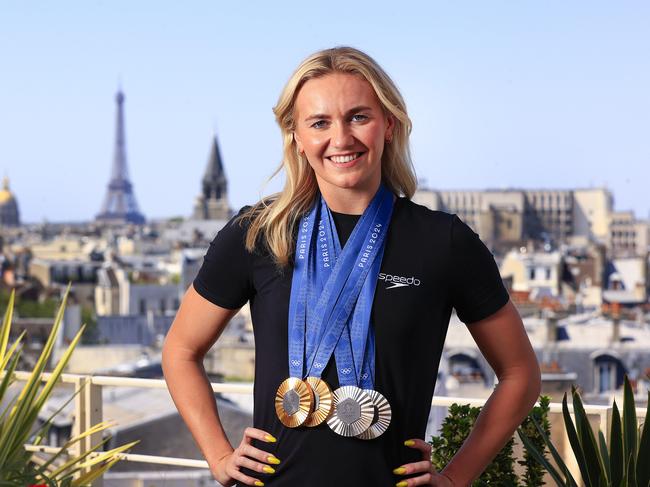
THE BREAKDOWN FOR EVERY SPORT
Swimming - $12,030,000 (23-24 high performance funding)
The most highly-funded of all the National Sporting Organisations (NSOs) in the financial year leading up to the Paris Olympics - and the overall cycle from the Tokyo Games ($32.6m) - swimming delivered on the mammoth investment, with its athletes scooping the pool at La Defence Arena, winning seven gold, nine silver and three bronze medals to finish second overall to the US. Given that, the sport had the best return on investment per medal, at just over $633,000
Cycling - $8,720,000
Another sport to perform well in Paris in terms of medal return across road and track cycling as well as BMX racing and freestyle, cycling received significant funding over the past financial year but was another sport to deliver on the investment with eight medals, including three gold from its 26 athletes competing in track and road racing, BMX and mountain biking, with each discipline requiring specific equipment and having its own elite competition circuit.
Canoeing - $7,225,000
There was significant investment in technical equipment through the involvement of the Australian Institute of Sport’s engineering department, with the AIS also collaborating on testing for both the sprint and slalom programs. The incredible success of the Fox sisters helped paddle return its best Olympic medal haul in history, while the sprint program’s silver and bronze medal-winning boats were both involved in photo finishes for gold, with crews just a fraction of a second off the top of the podium.
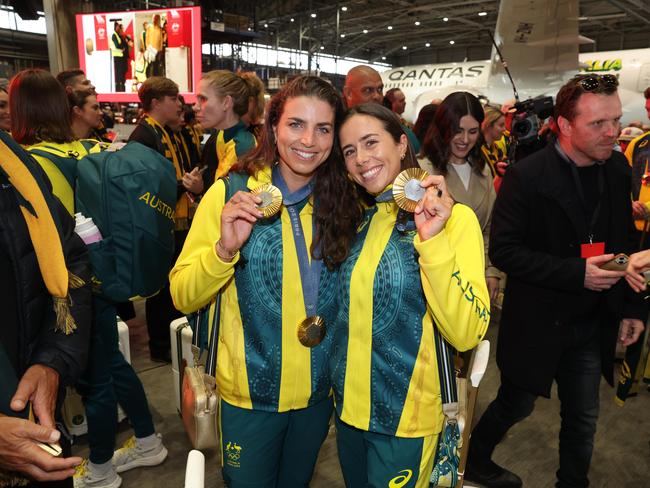
Skateboarding - $1,394,500
A sport arguably delivering the best return on investment of any of the funded NSOs, with Skate Australia athletes winning two medals - both of them gold - for the relatively low amount of just under $1.4m. After gold medal success on the sport’s debut in Tokyo was repeated, and built on, in Paris, the sport may attract more funding for its athletes, who are all young enough to push through to LA’28.
Athletics - $7,315,000
With 75 athletes in Paris and the biggest contingent of any Australian sport, track and field delivered on a cost per athlete basis, while also delivering on-field success with seven medals overall, including one gold. With improved medal chances after the most successful world junior championship performance of all time and a crop of established athletes looking to push through to at least 2028, athletics is a sport likely to be able to mount a strong argument greater funding in the lead-up to Brisbane 2032.
Sailing - $9,131,000
With enormous high-tech equipment costs, sailing is always going to be a costly sport to fund at the elite level. But it is also a sport that has traditionally delivered on the medal front for Australia and that was no different in Paris. Although sailing delivered just two medals, the tally included a gold and with some of the newer classes moving towards smaller craft, returns will continue to be justified.
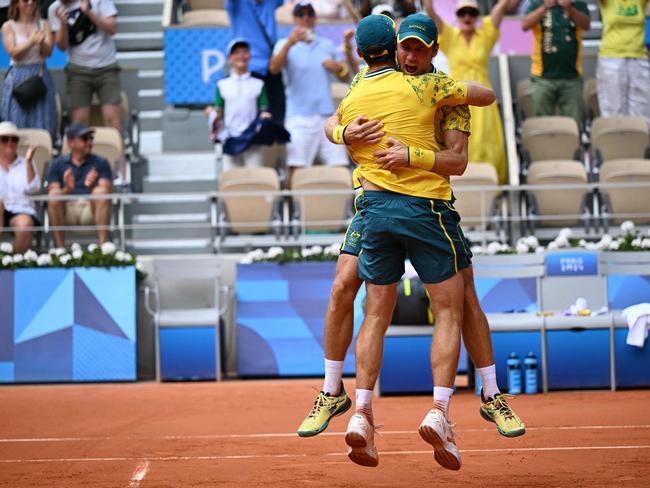
Tennis - $0
Massive bang for bucks here, with tennis receiving no ASC funding but still contributing gold to the medal tally through the men’s doubles with Matt Ebden and John Peers.
Equestrian - $3,252,000
Chris Burton won an eventing silver here, with support for high performance competitions and events helping the cause, although riders generally fork out for their mounts unless they have key sponsors or benefactors willing to own the high-priced thoroughbreds.
Surfing - $2,547,000
Like skateboarding, a pipeline of new funding has opened for surfing since it was added to the Olympic roster for the Tokyo Games. And like skateboarding, surfing delivered again on the medal front. It’s a lot of government money though for a professional sport whose best athletes are probably more focused day-to-day on winning the world title rather than Olympic gold.
Diving - $3,630,000
High performance funding contributed to several competitions including the 2024 World Aquatics Championships in the lead-up to the Games, where Australia’s divers returned with a silver medal to Maddi Keeney in the women’s 3m springboard.
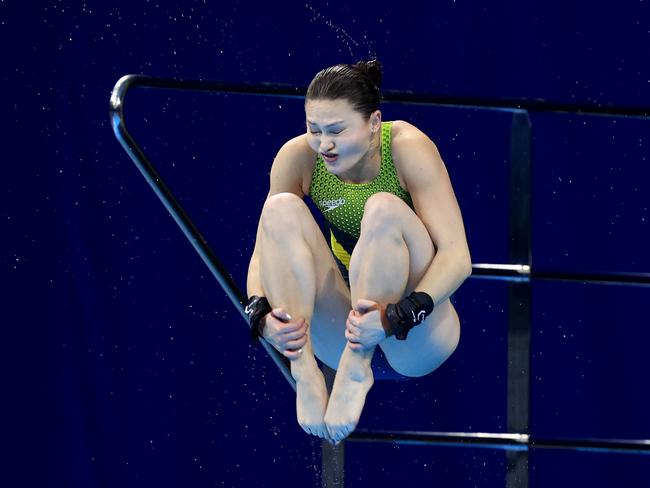
Water polo - $3,058,000
One of the sport’s most successful Olympic campaigns with the Stingers reaching the gold medal match and the Sharks bating many of the top nations in the world before a tough quarter-final loss that tipped them out of medal contention. Significant HP funding included sending teams to the World Aquatics Championships at the start of 2024.
Combat Institute - Boxing, Judo, Taekwondo - $3,145,400
Funding for boxing, which returned two medals in Paris, has now been grouped with judo and taekwondo under the Combat Institute, although its future is unclear given the sport is currently excluded from the Los Angeles Games and after the International Olympic Committee withdrew its recognition of the International Boxing Association over governance issues.
Rowing - $10,566,500
The sport that had a glorious hour of power in Tokyo that yielded two gold and two bronze medals returned from Paris with a single bronze after an investment of $10.5m in the past financial year and $29m in the period between Olympics. The worst performance for the sport since Seoul in 1988 has led to an ongoing review and the replacement of the men’s and women’s coaches.
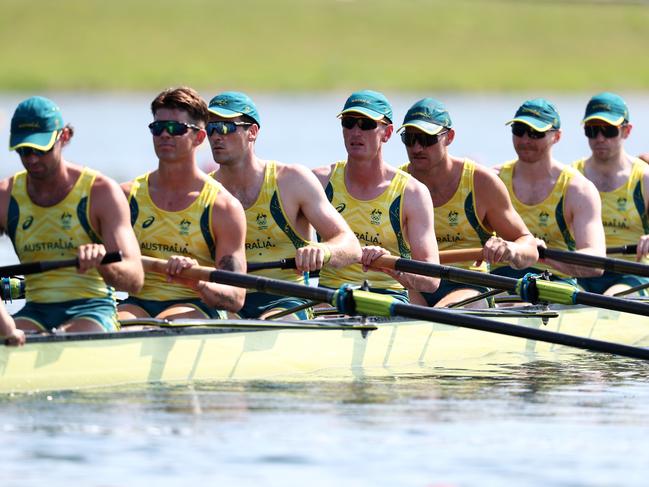
Shooting - $2,804,000
A relatively modest investment for what has traditionally been a high yield Olympic sport for Australia and delivered again in Paris with 10 athletes heading to the Games and Penny Smith winning bronze in the women’s trap.
Basketball - $5,992,500
On the higher end of the funding scale with men’s and women’s teams, as well as a women’s 3x3 outfit in Paris. While the Boomers could not repeat the historic medal achievement of Tokyo, the Opals found themselves back on the podium adding Olympic bronze to their third placing at a home world championships in 2022.
Archery - $1,026,000
With a total investment of just over $1m in the past financial year, archery stands as one of the most expensive sports in terms of a per athlete breakdown in Paris, with the funding equating to more than half a million dollars for each of the two Olympians at this year’s Games.
Football - $2,246,000
They may be Australia’s favourite sporting team but the Matildas again fell short of the podium on the big stage, bowing out in the group stages despite strong high performance funding. The Olyroos failed to even make the Games in a blow for one of the country’s biggest grassroots sports.
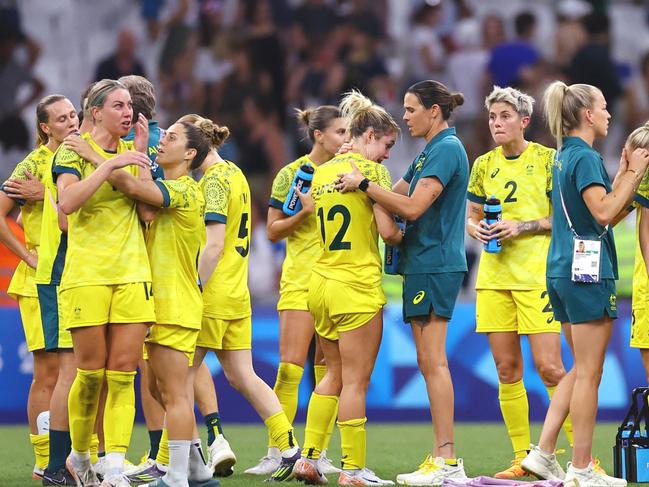
Golf - $1,329,000
The per capita breakdown per athlete over the whole Olympic cycle for golf equates to more than $900,000 per athlete in Paris, something that seems egregious in a sport in which the Olympians have all won millions in prize money over their careers. Golf Australia’s top high performance funding though goes to athletes in the first five years of their professional careers who are considered the future of the sport.
Gymnastics - $603,400
Relatively modest investment for a sport that provided 13 Olympians in Paris across artistic and rhythmic gymnastics and trampolining. The per capita cost was just over $46,000, well under the level of other sports.
Hockey - $6,104,000
One of the sports under the spotlight after dismal returns in Paris with both sides heading into the Games considered strong medal chances. But both the Hockeyroos and Kookaburras were knocked out in the quarter-final stages and the Hockeyroos’ lead-up to the Olympics was marred by selection controversy. A tough time for a sport that may be overlooked for a slimmed down Commonwealth Games in 2026.
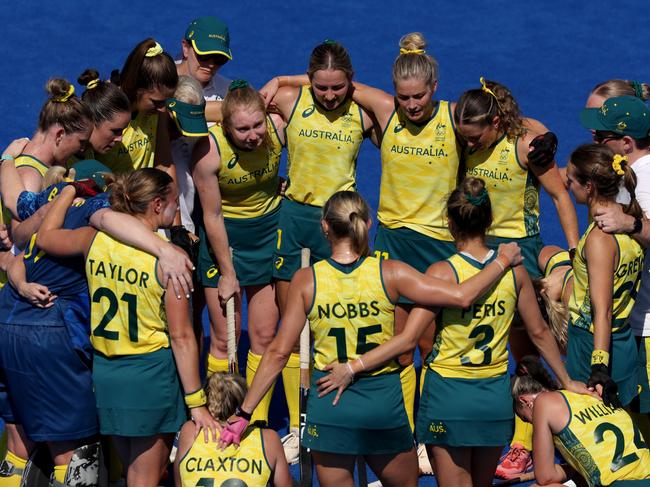
Rugby - $3,062,000
Great improvers over the Olympic cycle, something undoubtedly helped by HP funding injections but faltered when it really counted on finals day at Stade de France. Australia’s men looked set to cause an upset; the women seemed certain to confirm their favouritism. Ultimately both returned without a medal but investment certainly cannot be blamed.
Triathlon - $2,827,000
What was once a blue riband event for Australia at the Olympics, triathlon has become a barren landscape, with Paris the third Olympic cycle in which the country has not won a medal, including in the mixed relay - an event in which Australia is a former world champion. The funding could come under scrutiny despite the World Championship Series grand final being held in Australia next year.
Volleyball - $2,848,000
Another sport with a high level of investment for seemingly no return, although Teliqua Clancy and Mariafe Artacho del Solar were unlucky to come up against the eventual gold medallists in their semi-final and while they also lost their bronze medal clash, they were in the medal conversation.
Weightlifting - $323,500
Relatively modest investment which resulted in three athletes being sent to Paris for the Games.
Artistic Swimming, Badminton, DanceSport, Fencing, Modern Pentathlon, Sports climbing, table tennis, wrestling - $0
No specific high performance funding for these sports, which collectively sent 24 athletes to the Games in Paris.
More Coverage
Originally published as Australian taxpayers account for $100m in funding in last year for Paris Olympics medal-fest




